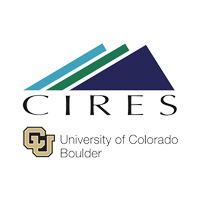Kasmalkar Science Advances 14:2869-2882
Kasmalkar, I. G., K. A. Serafin, Y. Miao, I. A. Bick, L. Ortolano, D. Ouyang, and J. Suckale. 2020. When Floods Hit the Road: Resilience to Flood-Induced Commute Disruption in the San Francisco Bay Area and Beyond. Science Advances. 14:2869-2882.









